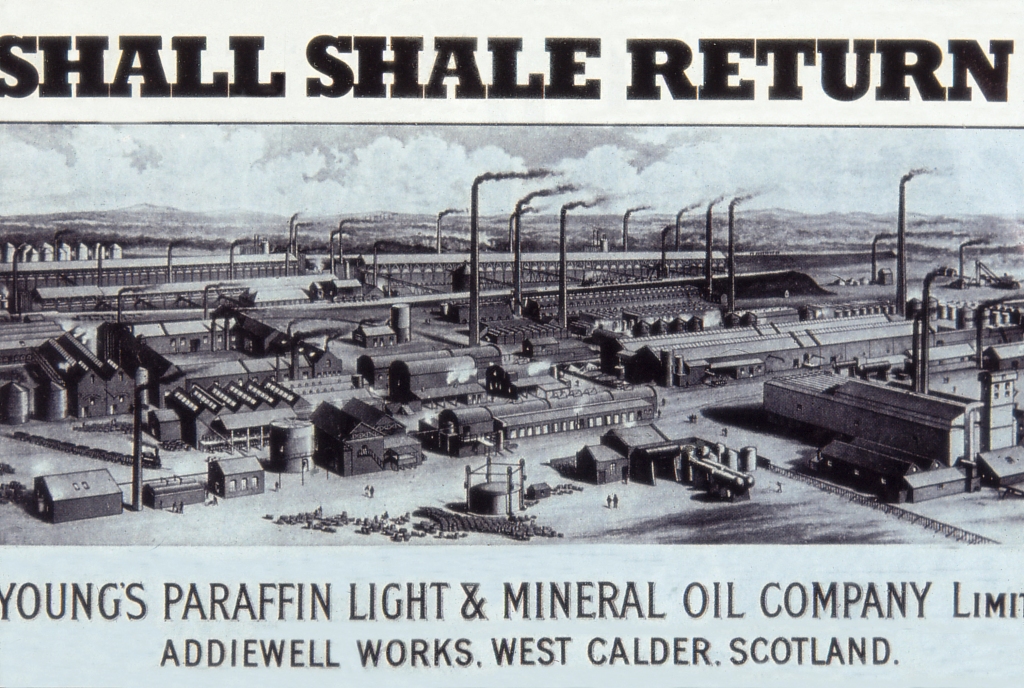C RWG
O
C RWG
O

Scottish oil shale formerly made an important contribution to UK fuel needs. The industry began in 1859 in the Lothians area of the Midland Valley of Scotland and continued until it closed abruptly in 1952 when a government subsidy was withdrawn. Will oil-shale working return to Scotland? Almost certainly not for a host of environmental and economic reasons, but they remain a potential source of shale gas.

Kimmeridge Cliffs, Dorset: view east from the former oil-shale workings at Clavell’s Hard. The Jurassic Kimmeridge Clay contains the greatest concentration of oil-shale seams in the UK, but these are mostly < 0.2 m thick and separated by calcareous mudstones that have low organic contents. The thickest seam and richest oil-source rock in the UK, the 60cm-thick Blackstone, yields 60 gallons of oil per ton of rock when retorted. In the North Sea, the primary energy resource is oil derived mostly from the geothermal breakdown of oil shales in the deeply buried Kimmeridge Clay over a period of tens of millions of years.
C RWG
O